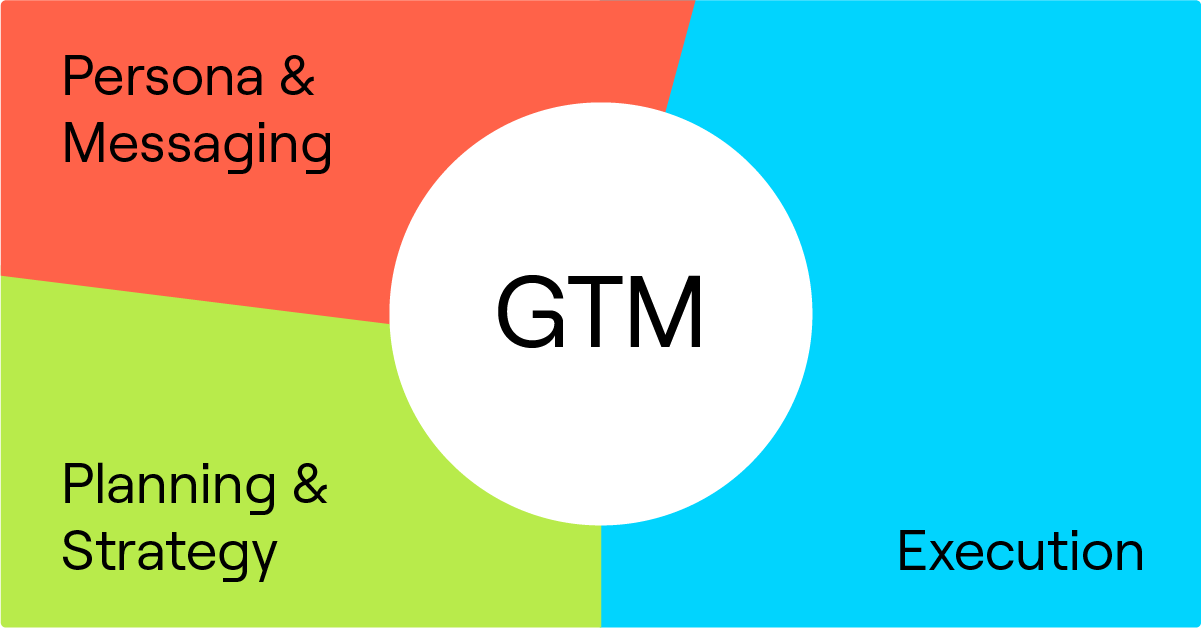Gtm coupons
It’s perfectly fine if you are still hesitant about GTM and whether to start using it. I’ve published another guide that lists why GTM is worth becoming a part of your digital analytics/marketing stack https://snapchat-planetsorder.com/gtm-sales-strategy-how-to-effectively-go-to-market/.
With GTM, you can control WHEN to fire those tags. For example, Linkedin’s tag is very slow, therefore, you can set it to fire not on “All Pages” (a.k.a. Pageview) trigger, but to create another one, called “Window loaded”. That way, those tags will fire ONLY when all other page resources (including JS) are already loaded.
In a nutshell, Google Analytics is an analytics tool that helps you track and analyze how users interact with your website and app. Google Tag Manager is a tag management system that makes it easy for teams to add and edit tags (tracking codes). Google Analytics is one of those tracking tools.
Gtm meaning
Compiling a GTM strategy involves gaining a comprehensive understanding of the marketplace, the target market, your competitors, and the proposed product’s place in it. With more insight into customers and the market conditions, your organization will have more tools to thrive in all areas of business, from product launches to introducing a new brand identity to the world.
Creating any sort of business strategy, including a GTM strategy, is a great opportunity to review your organization’s mission and make sure your product efforts are in alignment. Why does this organization exist? What will it achieve for its employees and customers? What values drive this mission? How do new products support this mission?
Once the target market is identified, companies need to craft compelling messaging that effectively communicates the value proposition of their products or services. This messaging should address the pain points of the target audience and highlight how the offerings can solve their problems or fulfill their desires.
When it comes to understanding the target market, companies need to conduct thorough market research. This includes analyzing demographics, psychographics, and market trends. By gaining insights into their target audience’s needs, preferences, and pain points, companies can tailor their messaging and offerings to resonate with potential customers.
Go-to-market strategies serve as an action plan that specifies how a company will reach target customers and introduce its products or services. They guide a business from product conception to market entry and beyond, influencing how it will exist in the marketplace going forward.

B2b gtm consulting drives everythingnew market penetration
A digital-first GTM strategy prioritizes online channels such as websites, e-commerce platforms, and digital advertising to reach and engage customers, reflecting the growing importance of digital channels in the B2B buying process.
Product-led GTM strategy revolves around prioritizing the product itself as the primary driver of customer acquisition, conversion, and expansion. This approach focuses on delivering immediate value to users, fostering organic growth through user satisfaction, and harnessing the power of word-of-mouth referrals. Companies employing a product-led GTM strategy often offer free trials, freemium models, or self-service options to encourage users to experience the product firsthand.
Expert Advice: Develop a comprehensive content marketing strategy focused on creating valuable and engaging content. Leverage a mix of inbound and outbound tactics to generate awareness and nurture leads.
Sales and marketing teams don’t operate in isolation. They work best when aligned with your firm’s core objectives. This connection not only helps prioritize initiatives that drive growth but also ensures that every marketing episode contributes to the bigger picture. Constant communication across departments, facilitated by platforms like LinkedIn, can foster a united front for your GTM efforts.
In our previous discussion, we introduced the concept of GTM strategy as a roadmap for launching products or services into the market. Now, let’s dive into the various types of GTM strategies that B2B companies can leverage to achieve their business objectives.
Despite investing in significant improvements in product and service offerings, many companies fall short in meeting their growth or cost-efficient targets with their current routes to market. Seeking more effective and efficient ways to sell and service customers can be an important lever for businesses to drive revenue growth or profit improvement. In a number of industries, the channel landscape is evolving, with channels consolidating and becoming more powerful.

